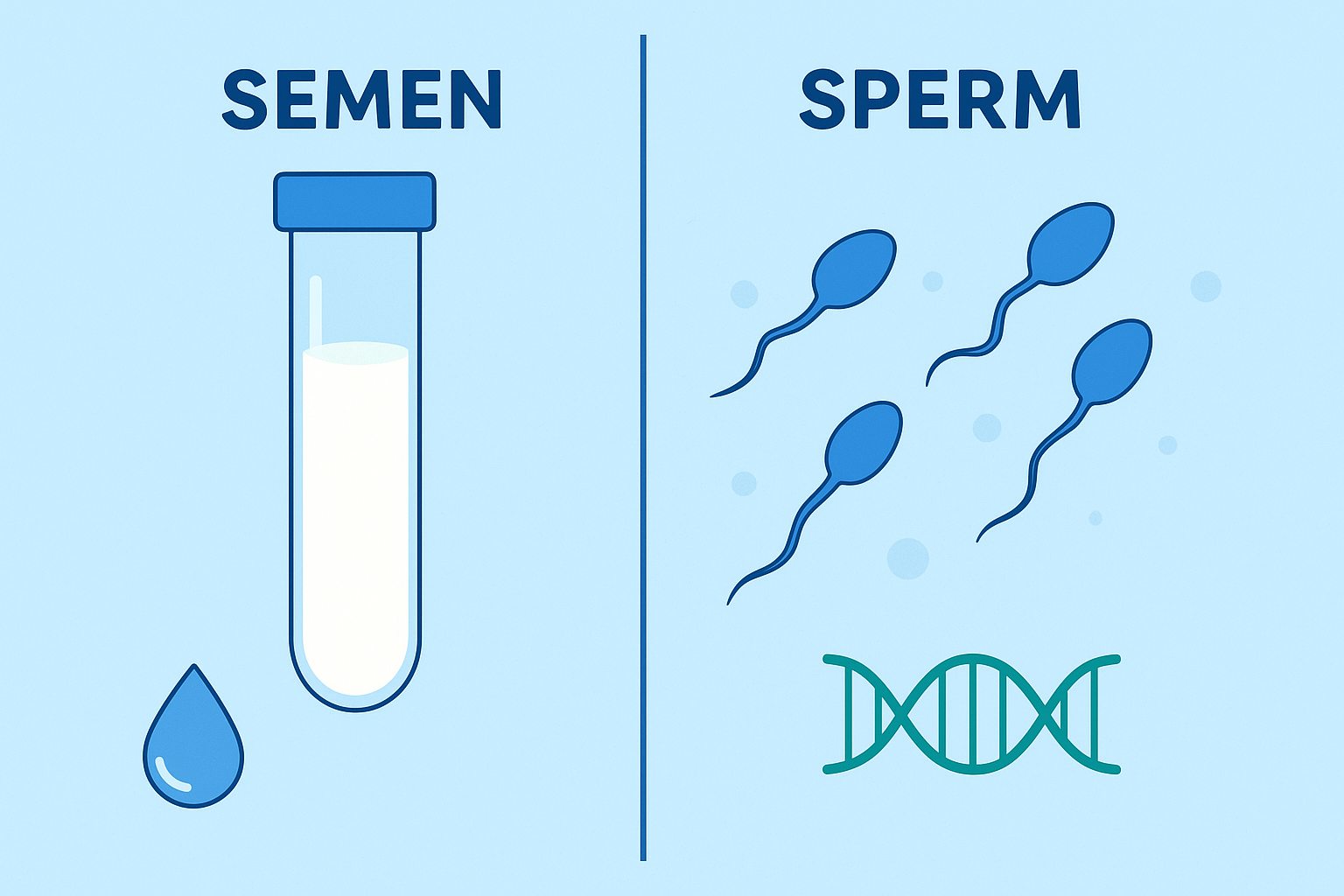The Cervix Position, Changes, and Why It Matters.
If you’ve just seen that positive pregnancy test, you might be wondering what’s happening inside your body, especially to your cervix. This small but powerful part of your reproductive system plays a huge role in conception, pregnancy, and birth.
During the first weeks after conception, your cervix quietly transforms. Its position, texture, and even the discharge it produces all change to create the safest possible environment for your growing baby.
In this guide, we’ll walk through:
- How the cervix changes before and after conception
- Cervical position in early pregnancy
- The role of cervical mucus and the mucus plug
- Common cervical complications during pregnancy
- How healthcare providers check and monitor your cervix
- Signs that mean you should seek medical advice
Let’s start by understanding the cervix’s role before pregnancy begins.
Also read: Fertility Supplements for Male and Female
Understanding the Cervix
The cervix is the lower, narrow end of your uterus, connecting to the vagina. Think of it as a strong but flexible gateway, sometimes closed tight, sometimes slightly open, depending on your menstrual phase or pregnancy stage.
It’s made of muscle and connective tissue, and its small opening, called the cervical os, changes shape and firmness in response to hormones like estrogen and progesterone.
Even though you can’t see or feel it without an exam, the cervix is constantly working, either to help sperm travel toward an egg or, in pregnancy, to keep the developing baby protected.
Before Pregnancy: The Cervix Throughout the Menstrual Cycle
Your cervix doesn’t behave the same way every day of the month. Its position and texture shift to align with your fertility cycle.
Menstruation Phase
When your period starts, your cervix is generally low in the vaginal canal. The cervical opening widens slightly to let menstrual blood pass, and it feels firmer to the touch.
Ovulation Phase
In the middle of your cycle, your body prepares for possible conception. Rising estrogen makes your cervix move higher, feel softer, and open slightly to allow sperm through. Cervical mucus becomes clear, slippery, and stretchy, often compared to raw egg whites.
After Conception: The First Signs in Cervical Position
If sperm meets egg and implantation happens, the cervix stops following its usual cycle pattern. Instead of moving lower as it would before your period, the cervical position in early pregnancy remains high and starts to soften more.
Some women notice subtle changes in cervical mucus as well, becoming creamier or thicker within days after conception.
A bluish tint to the cervix, called Chadwick’s sign, can appear within a few weeks, though this is usually detected during a pelvic exam by a healthcare provider.
Cervical Position and Texture in Early Pregnancy
During early pregnancy, your cervix generally stays high and soft. The softening is caused by increased blood flow and hormonal changes, especially higher progesterone levels.
This transformation is your body’s way of preparing the cervix to be more flexible later in pregnancy and eventually open for childbirth. In the meantime, its main job is to remain closed and strong to keep the baby inside the uterus.
Cervical Mucus and the Mucus Plug
Cervical mucus also changes after conception. You might notice more vaginal discharge in early pregnancy compared to your usual cycle. This increase is normal—it’s part of your body’s defence system.
Early in pregnancy, mucus production increases to form the mucus plug—a thick, sticky barrier that seals off the cervix. This plug protects your baby from bacteria and other potential infections.
The mucus plug usually stays in place until late pregnancy, when it loosens or passes as the body prepares for labor.
Also read: Mindfulness and relaxation techniques for managing PGAD symptoms and reducing stress
Why the Cervix is Vital for Pregnancy
In pregnancy, the cervix’s job is clear:
- Stay closed and firm enough to hold the baby in place until full term.
- Keep bacteria and infection out.
- Soften and open at the right time for labor and delivery.
From the moment of conception, your cervix is on “protective mode” until it gets the signal for birth.
Possible Cervical Problems in Pregnancy
Most women never have serious cervical issues, but certain problems can put a pregnancy at risk, especially in the early stages.
- Infections – Unusual discharge that is green, bloody, or foul-smelling may signal infection.
- Short Cervix – A cervical length under 2.5 cm in mid-pregnancy increases the risk of preterm birth.
- Cervical Insufficiency – When the cervix opens too early, it may lead to miscarriage or early delivery.
- Placenta Previa – The placenta covers part or all of the cervix, often requiring a C-section.
Early detection of these conditions allows for timely treatment, which can make a big difference in pregnancy outcomes.
How Doctors Monitor the Cervix During Pregnancy
Your healthcare provider will regularly assess your cervix, especially if you have a history of preterm birth or cervical problems. Common methods include:
- Pelvic Exam – Feeling the cervix for firmness, dilation, and effacement.
- Vaginal Ultrasound – Measuring cervical length to detect shortening.
- Pap Test – Checking cervical cells for abnormalities or infection.
If a short cervix or cervical insufficiency is diagnosed, your doctor might recommend cervical cerclage—a stitch placed in the cervix to keep it closed until your pregnancy is further along.
Can You Check Your Cervix at Home?
Some women try to feel their own cervix to check position or texture, but it’s not a reliable way to confirm pregnancy or monitor changes. Even trained professionals need experience to interpret cervical changes accurately.
Frequent self-checks can also increase the risk of infection, so it’s best to let your healthcare provider handle this.
Also read: Natural Conception vs IVF
When to Call Your Doctor
Get medical advice immediately if you notice:
- Heavy bleeding
- Leaking amniotic fluid
- Regular contractions before 37 weeks
- Severe pelvic pressure
- Unusual discharge
These may be signs of cervical changes that need urgent attention.
Key Takeaways
Your cervix in early pregnancy is high, softer, and producing protective mucus. These changes help protect your baby and keep your pregnancy progressing normally.
While curiosity is natural, the safest and most accurate way to monitor cervical health is through professional prenatal care. With regular check-ups and awareness of warning signs, you can give your baby the best possible start.
Final Word:
The cervix might be out of sight, but it’s never out of action—especially in early pregnancy. Treat it like the guardian it is, and work with your healthcare provider to keep it healthy from conception to delivery.





[…] Also read: The Cervix in Early Pregnancy […]